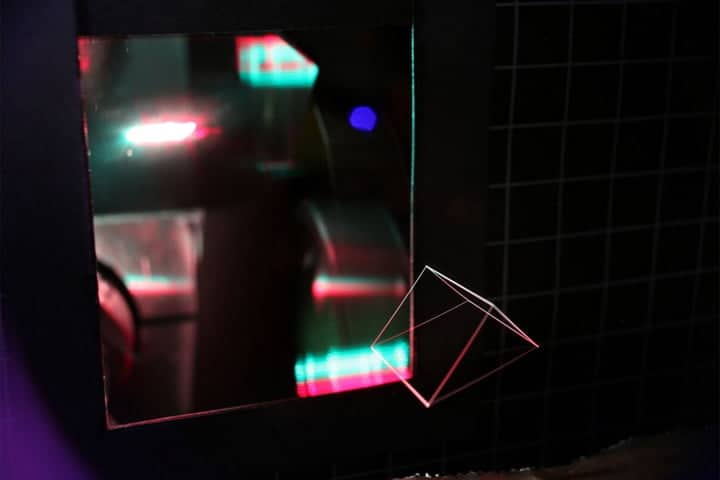
Ever since we first watched Star Wars, and saw the scene in which R2-D2 beams a hologram of Princess Leia into thin air, we’ve dreamed of having our own 3D-holographic projector. Thanks to scientists at Brigham Young University, our childhood Jedi-wannabe dreams may soon be a reality.
What researchers there have demonstrated is a way to manipulate near-invisible specks in the air and to use them to create three-dimensional images that are clearer and more realistic than previous holograms. They have shown off their work by creating a small holographic butterfly hovering over a (real) finger, as well as the aforementioned Princess Leia scene, reenacted by a graduate student.
“Holograms create points by using a 2D surface to focus light,” Daniel Smalley, assistant professor of Electrical and Computer Engineering, told Digital Trends. “Our eyes perceive that focus as a point. By comparison, our technology uses a tractor beam to capture a tiny particle of paper. That particle is then dragged around and illuminated by red, green and blue lasers to make points. The primary difference is that when you look at an image point in our display you’re looking at a material object.”
At present, Smalley says that applications of this technology are limited because the display is so small. Short of sending out messages consisting of diminutive princesses tracking down exiled Jedi masters, it’s difficult to think of what this could practically be used for — although he suggests that it could be useful for medical visualization. “If we can make it a lot bigger, I would like to see what can be done with telepresence, since our technology allows you to physically occupy a space,” he said. Doing this will require additional work and multiple beams.
Going forward, the team hopes to make the trapping of individual specks in the air as robust as possible and then to try and trap multiple particles to scale the display. “We are definitely willing to consider licensing the technology, including the potential for an exclusive license, and would be happy to have an industry partner willing to take a chance on an early stage research effort,” Smalley said.
